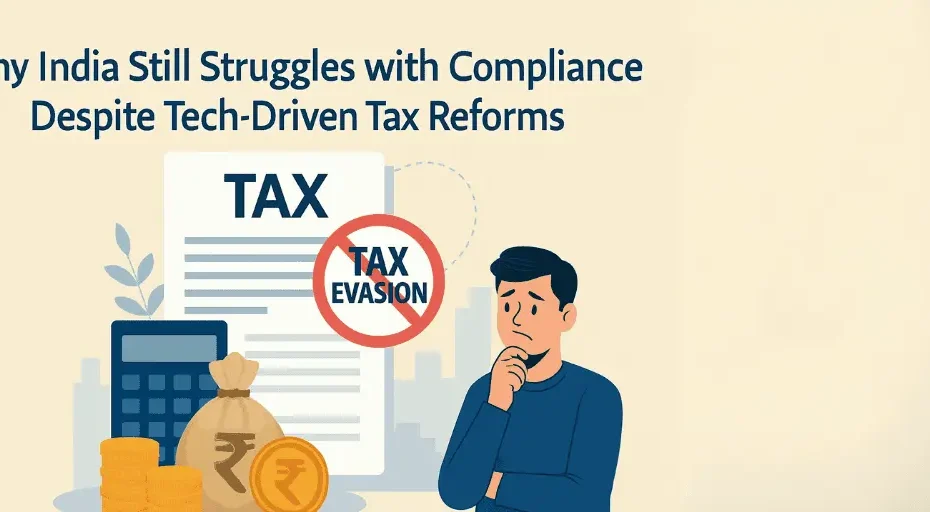The Hidden Cost of Compliance: Why GST Filing Feels Like a Punishment
For most business owners, tax compliance is a necessary responsibility rather than a choice. In India, the Goods and Services Tax (GST) system was introduced to simplify indirect taxation. While it has indeed unified multiple taxes under one umbrella, it has also brought a new challenge for entrepreneurs and small businesses: the burden of GST filing charges and the hidden costs associated with compliance. What was initially envisioned as a streamlined tax process now feels like a financial and operational punishment for many.
The Complexity of GST Filing
At first glance, GST seems straightforward—businesses collect tax from customers and pay it to the government. But in reality, GST filing is far more complex. Companies must file monthly, quarterly, and annual returns depending on their turnover and type of registration. Each return requires accurate data entry, reconciliation of invoices, and compliance with strict timelines. This is where GST filing charges start adding up.
Most small businesses do not have in-house accountants capable of handling GST intricacies. As a result, they hire professionals who charge service fees. These GST filing charges vary widely, depending on the number of transactions, state-specific requirements, and the filing frequency. For a business operating on thin margins, these additional expenses create an unanticipated financial strain.
Why GST Filing Feels Like a Punishment
Recurring Costs – Unlike income tax, which is typically filed once a year, GST requires monthly or quarterly compliance. That means businesses must pay GST filing charges repeatedly, creating a recurring financial burden.
Penalties for Delays – If a business misses a deadline due to financial or operational challenges, the government imposes penalties. On top of this, they still must pay professional GST filing charges for delayed submissions.
Technology Costs – Filing GST returns requires digital infrastructure, from accounting software subscriptions to reliable internet. These indirect costs add to the total compliance expenses beyond the direct GST filing charges.
Time Drain – Business owners spend countless hours managing invoices, collecting bills, and coordinating with accountants. While these may not be labeled as GST filing charges, they represent a hidden cost in lost productivity.
The Hidden Costs Beyond Filing Charges
When we talk about the burden of compliance, it goes well beyond the professional fees. For instance:
Training employees to understand GST requirements takes time and resources.
Frequent updates in GST laws force businesses to constantly adapt, which often results in higher GST filing charges since professionals must invest extra effort.
Opportunity cost of focusing on compliance instead of business growth.
A small business owner may end up spending more on GST filing charges and related compliance efforts than on marketing, product development, or staff training. This imbalance stifles growth and creates resentment toward the tax system.
How GST Filing Charges Vary
The amount businesses pay in GST filing charges depends on several factors:
Type of Business – Service providers with fewer invoices may pay less than manufacturers handling hundreds of transactions.
Turnover – Higher turnover usually means more invoices and, therefore, higher compliance costs.
Location – Professional fees for GST filing differ from city to city.
Return Frequency – Monthly filers incur higher GST filing charges compared to quarterly filers.
On average, small businesses may pay anywhere between a few hundred to several thousand rupees per month just for compliance. Over a year, this becomes a significant expense, which feels like a hidden tax in itself.
Why Small Businesses Suffer the Most
Large corporations have dedicated tax teams that manage compliance seamlessly. But small businesses often operate on tight budgets and cannot afford to hire full-time experts. For them, even a modest increase in GST filing charges can disrupt their financial planning. Moreover, the penalties for mistakes are not scaled according to business size, meaning small players bear an equally heavy burden as large corporations.
Is There a Way Out?
Simplification of GST Returns – Policymakers should work toward making GST compliance simpler and more user-friendly. Reducing filing frequency or introducing single-window returns could cut down GST filing charges significantly.
Subsidized Compliance Support – The government could consider offering subsidized accounting services for micro and small businesses. This would help reduce GST filing charges and encourage higher compliance rates.
Technology Solutions – Affordable, easy-to-use accounting software can automate much of the compliance burden. If designed well, such solutions can lower the professional GST filing charges that businesses currently pay.
Awareness and Training – Empowering business owners with knowledge about GST compliance can reduce dependency on external professionals. This, in turn, brings down GST filing charges in the long run.
Conclusion: The Real Cost of GST Compliance
GST was introduced with the promise of simplifying taxation and reducing the cascading effect of multiple taxes. While it has achieved part of that goal, it has also introduced a hidden financial strain in the form of recurring GST filing charges and associated compliance costs. For small and medium-sized businesses, these expenses feel more like a punishment than a responsibility.
The irony is that compliance should not come at the cost of growth. A business should be able to focus on expanding its operations, serving its customers, and innovating. Instead, many are stuck juggling invoices, filing deadlines, and mounting GST filing charges. Until systemic reforms are made, the hidden cost of compliance will continue to weigh heavily on entrepreneurs, discouraging growth and innovation in the very sector that drives the economy.
Our GST Services

All E-commerce Tax services
E-commerce tax services help online sellers navigate GST registration, compliance, return filing, TCS management, tax planning, and audits, ensuring efficient tax management and legal compliance.

GST Filing
GST filing is the process of submitting tax returns to the government, detailing sales, purchases, and taxes paid or collected, ensuring compliance with GST laws.

GST Registration
GST registration is the process where businesses obtain a GSTIN from the government, allowing them to collect taxes, claim input tax credits, and comply with GST laws.





